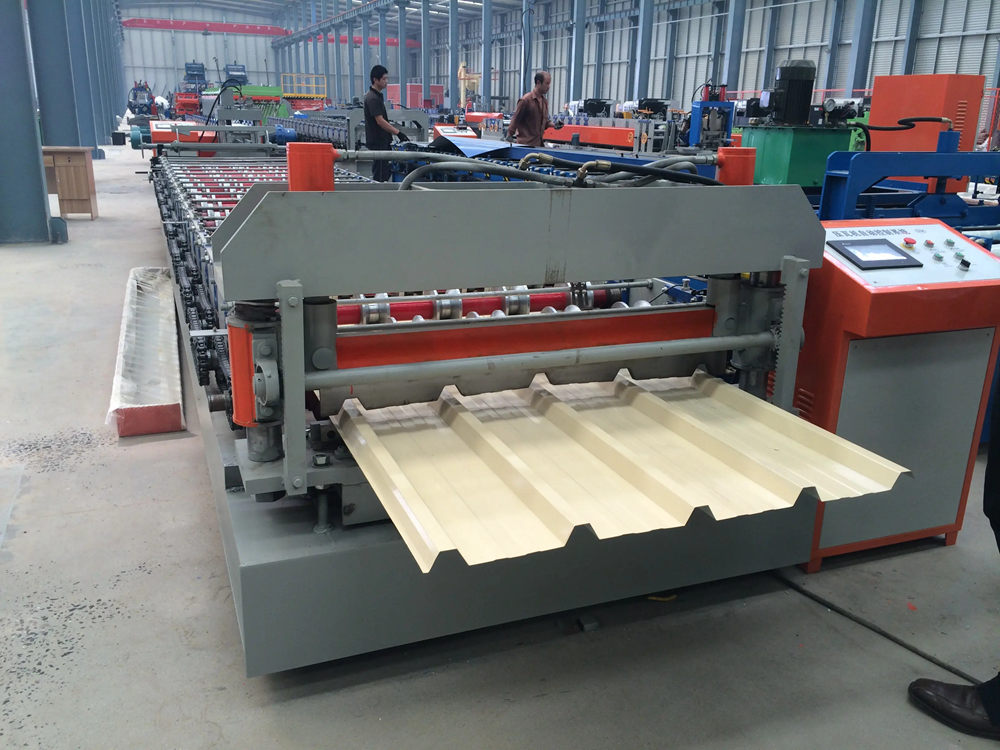
The Importance of Grain Storage Roll Forming Machines
Grain storage has become a critical aspect of agricultural efficiency and food security. As the global population continues to grow, the need for effective grain storage solutions has never been more urgent. Among the numerous technologies developed to enhance grain storage capabilities, the grain storage roll forming machine has emerged as a revolutionary tool. This article delves into the significance of these machines, their operational principles, benefits, and the impact they have on the agricultural sector.
What is a Grain Storage Roll Forming Machine?
A grain storage roll forming machine is specialized equipment designed to produce high-quality storage structures for grains, such as silos and containers. These machines utilize a process known as roll forming, where flat metallic sheets are progressively shaped into desired profiles through a series of rollers. The final product is a robust, durable storage solution capable of protecting grains from environmental factors, pests, and spoilage.
The Operational Principles
The roll forming process begins with the feeding of flat steel sheets into the machine. As these sheets move through a sequence of rollers, they are progressively bent and shaped into specific configurations. The key components of a roll forming machine include the decoiler (to unwind the steel sheets), forming rollers (to shape the sheets), a cutting mechanism, and a control panel for monitoring the operation.
This continuous process allows for mass production of grain storage solutions, ensuring uniformity and quality. Additionally, the setup can be customized to create various profiles and dimensions, catering to different storage needs.
Advantages of Grain Storage Roll Forming Machines
1. Durability and Strength The roll forming process produces storage units made from high-quality materials such as galvalume or galvanized steel. These materials are resistant to corrosion, ensuring longevity even in harsh environmental conditions.

2. Cost-Effectiveness Automating the manufacturing process leads to reduced labor costs and time efficiency. The ability to produce large quantities of storage units in a short span translates to significant cost savings for producers.
3. Customization Roll forming machines can be easily adjusted to create different profiles and dimensions, allowing manufacturers to tailor storage solutions to specific customer requirements.
4. High Production Speed The continuous feeding and shaping process allows for rapid production rates. This efficiency is crucial in meeting the growing demand for grain storage capacities.
5. Energy Efficiency Modern roll forming machines are designed to be energy-efficient, resulting in lower operational costs and a reduced carbon footprint.
The Impact on Agriculture
The advent of grain storage roll forming machines has a transformative effect on the agricultural landscape. With better storage solutions, farmers can minimize losses from spoilage and infestation, thereby enhancing their profit margins. Effective storage also enables farmers to sell grains when market prices are favorable, rather than being forced to sell immediately after harvest.
Moreover, improved storage facilities contribute to food security by ensuring that grains remain safe and usable for extended periods. This stability is particularly important in regions prone to food shortages, where proper storage can mean the difference between sustenance and deprivation.
Conclusion
In conclusion, grain storage roll forming machines represent a significant advancement in agricultural technology. Their ability to produce durable, cost-effective, and customizable storage solutions plays a vital role in enhancing the efficiency of grain storage. As agricultural demands continue to rise globally, investing in such machinery is not just beneficial—it is essential for ensuring food security and optimizing food production systems. By embracing these innovations, the agricultural sector can better prepare for future challenges, create value for farmers, and contribute to sustainable development goals worldwide.